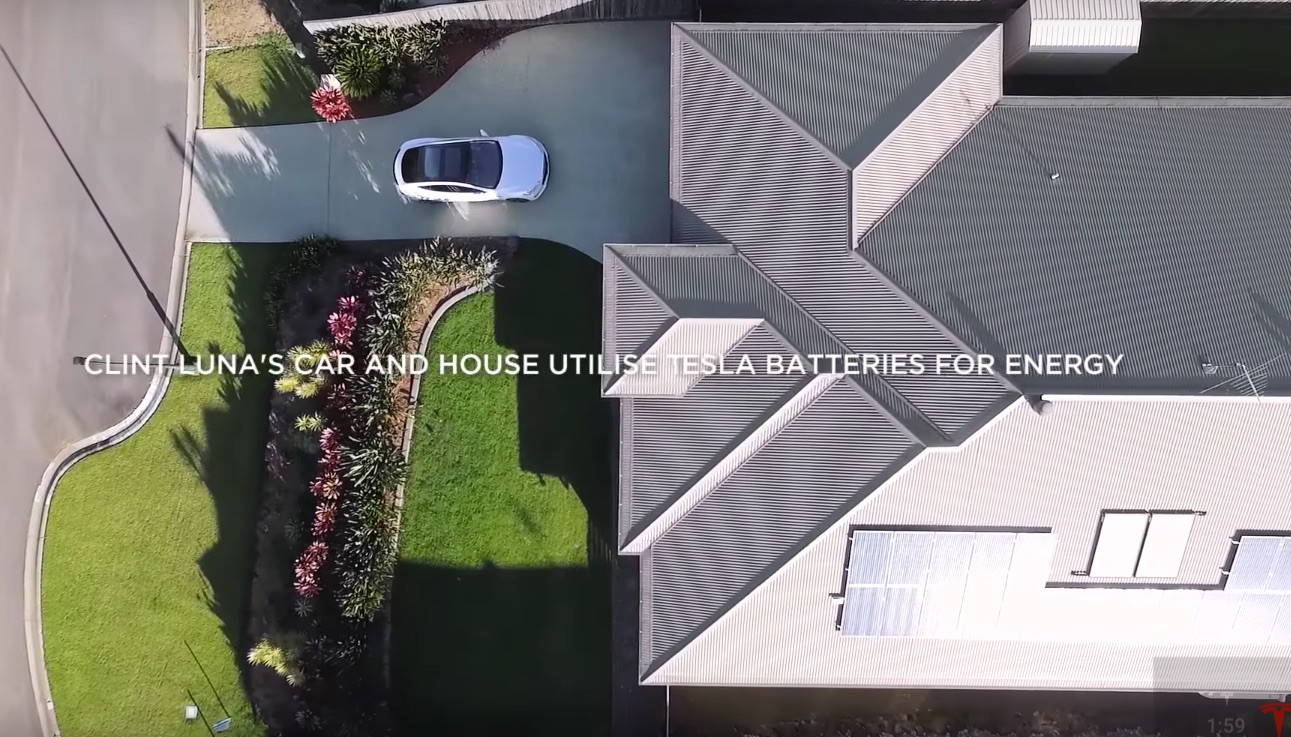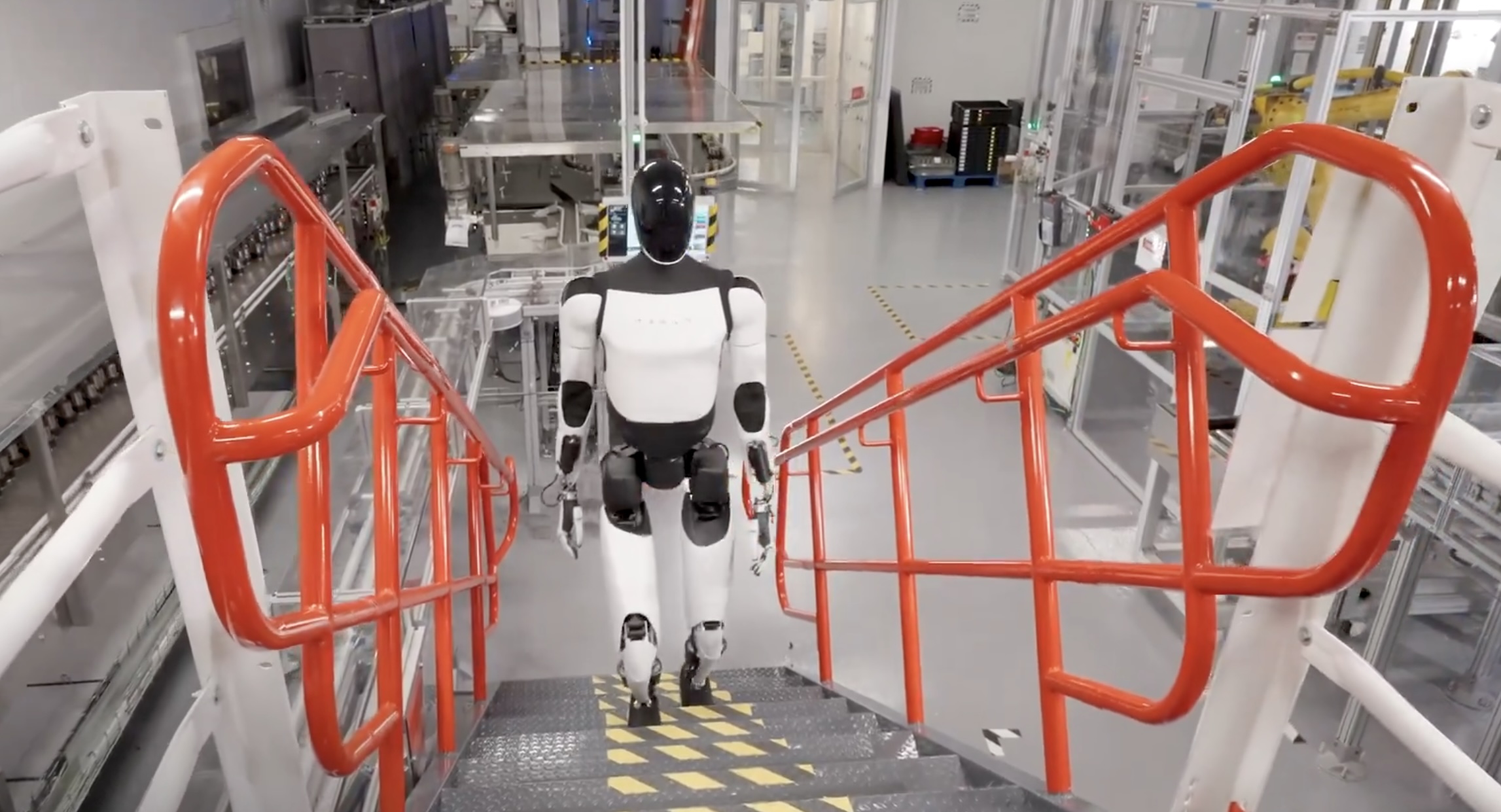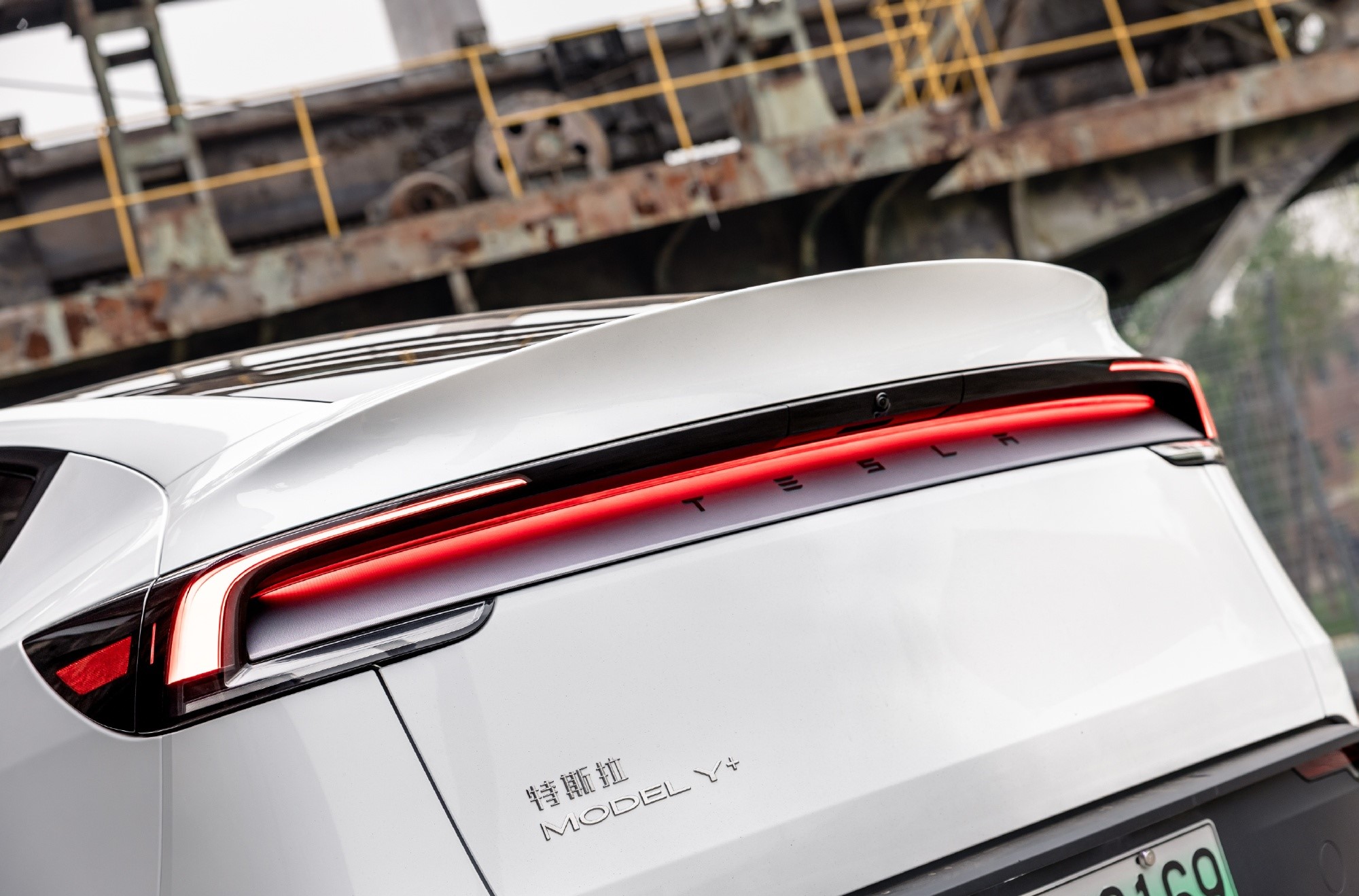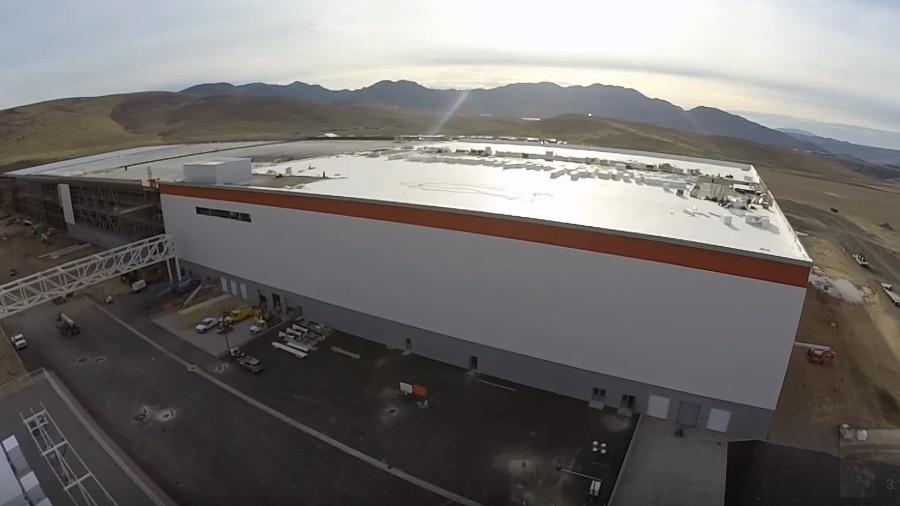Investor's Corner
Deeper Tesla, Panasonic ties could lead to a Smart Home future

A growing partnership between Tesla and Panasonic on solar cell production and storage batteries may one day eliminate residential reliance on the power grid and provide the capacity to recharge electric cars each night. However, to secure this collaboration on solar cell and module production, Tesla’s proposed SolarCity acquisition must first be approved by shareholders on November 17, 2016.
In the meantime, Tesla and Panasonic have entered into a non-binding letter of intent under which they will begin collaborating on the manufacturing and production of photovoltaic (PV) cells and modules in Buffalo, New York. The Buffalo facility will become the largest solar panel factory in North America, with expectations to employ 1,460 workers and produce up to 10,000 panels per day.
A blog post on Tesla’s website acknowledged that the continued partnership with Panasonic is an important step in creating fully-integrated energy products for businesses, homeowners, and utilities and furthers Tesla’s mission toward a sustainable energy future.
The Relationship between Tesla and Panasonic
The October 16, 2016 announcement confirmed that this newest collaboration extends the established relationship between Tesla and Panasonic, which includes the production of electric vehicle and grid storage battery cells at Tesla’s Gigafactory outside Sparks, Nevada. The $5 billion Gigafactory will produce batteries for the Model 3 electric car and energy storage products for home and utilities.
“We expect that the collaboration talks will lead to growth of the Tesla and Panasonic relationship,” said Shuuji Okayama, vice president of Panasonic’s Eco Solutions unit.
Battery cell production will begin by late 2016 and is expected to reach full capacity by 2018, producing more lithium ion batteries annually than were produced worldwide in 2013. In cooperation with Panasonic and other strategic partners, the Gigafactory will produce batteries that have the capacity to drive down the per kilowatt hour (kWh) cost of a battery pack by more than 30 percent. That anticipated cost drop is crucial, as current battery costs are untenable.
Panasonic plans to begin PV cell and module production at the Buffalo facility in 2017, and Tesla intends to provide a long-term purchase commitment for those cells from Panasonic. The Tesla/ Panasonic collaboration could mean that energy from solar panels will be pumped into home storage batteries. No longer would residential home solar systems follow the traditional model of selling back to utilities.
Panasonic’s Future Home
The proposed Tesla/ Panasonic collaboration would shift Panasonic’s historic focus from consumer electronics products and onto housing, automotive information systems, and vehicle batteries, which “would be a win” for Panasonic, according to Bloomberg. Panasonic’s transition to the home electric market began in 2009 with its Tokyo Future Home, which features the latest environmental technologies and a few prototypes. The house is designed to aid natural ventilation and cut down on air conditioning. The walls of the house are lined with a thin and efficient insulator that cuts down on heating and cooling costs. LED lights, which use much less power than incandescent bulbs and last longer than current fluorescent models, are sensor-controlled. Extra generated electricity is stored in a prototype accumulator battery of lithium ion cells for later use. The lights, power, heating, and other apps are controlled in a high-tech in-house network with living room TV at the center.
The aim of Panasonic’s energy-saving house is to be carbon neutral in energy usage.
Tesla’s Smart House Could Utilize Panasonic’s Technology
Tesla is currently developing advanced systems that adapt to the needs of the environment with the goal is to bring top quality affordable systems that provide energy efficiency, quality of life, and home security.
Already, smart home system are able to cut electric energy spending by 50%, or in some cases go off-grid using Tesla batteries combined with solar. Lights, air conditioning, and all other appliances are automatically managed, turning on and off, depending on the time of day, temperature, motion sensors, door and window detectors, and electricity rates. Fingerprint scanner and pin lock, video surveillance, night vision camera, motion sensors, SMS alarms, fire and flood sensors are accessed through a phone.
In 2014, Panasonic opened a smart city near Tokyo that is designed to drastically cut CO2 emissions by 70%, reaching to 1990 levels. It will attempt to reduce water usage by 30 percent and achieve 30 percent renewable energy usage. Called the Fujisawa Sustainable Smart Town (SST), the subdivision southwest of Tokyo focuses on solar power and other environmentally friendly technologies.
Together, Tesla and Panasonic may be able to ground ambitious plans for solar-powered systems that charge smart homes and electric cars and make decentralized renewable energy systems that power homes and car a practical reality. “We are excited to expand our partnership with Panasonic as we move towards a combined Tesla and SolarCity,” JB Straubel, Tesla’s chief technical officer and co-founder, said in a statement. “By working together on solar, we will be able to accelerate production of high-efficiency, extremely reliable solar cells and modules at the best cost.”
The Role of the Projected SolarCity Acquisition
The Tesla/ Panasonic collaboration moving forward is contingent on Tesla’s acquisition of SolarCity, but shareholders must approve the move. Tesla’s bid to acquire SolarCity has been fraught with corporate governance issues because the boards of both companies are deeply intertwined.
Tesla co-founder Elon Musk’s effort to unite Tesla and SolarCity has been under close scrutiny, given six of the seven directors on Tesla’s board have SolarCity ties and SolarCity’s CEO, Lyndon Rive, is Musk’s first cousin.
SolarCity, among the top installers of residential rooftop solar panels in the U.S., acquired solar manufacturer Silevo in 2014. The transaction gave SolarCity the factory in Buffalo where Panasonic will begin photovoltaic cell and module production. If the SolarCity acquisition is successful, Tesla will use the cells and modules in a solar energy system that will work seamlessly with Powerwall and Powerpack, Tesla’s energy storage products. With the aid of installation, sales, and financing capabilities from SolarCity, Tesla will bring an integrated sustainable energy solution to residential, commercial, and grid-scale customers.
Investor's Corner
Tesla could save $2.5B by replacing 10% of staff with Optimus: Morgan Stanley
Jonas assigned each robot a net present value (NPV) of $200,000.

Tesla’s (NASDAQ:TSLA) near-term outlook may be clouded by political controversies and regulatory headwinds, but Morgan Stanley analyst Adam Jonas sees a glimmer of opportunity for the electric vehicle maker.
In a new note, the Morgan Stanley analyst estimated that Tesla could save $2.5 billion by replacing just 10% of its workforce with its Optimus robots, assigning each robot a net present value (NPV) of $200,000.
Morgan Stanley highlights Optimus’ savings potential
Jonas highlighted the potential savings on Tesla’s workforce of 125,665 employees in his note, suggesting that the utilization of Optimus robots could significantly reduce labor costs. The analyst’s note arrived shortly after Tesla reported Q2 2025 deliveries of 384,122 vehicles, which came close to Morgan Stanley’s estimate and slightly under the consensus of 385,086.
“Tesla has 125,665 employees worldwide (year-end 2024). On our calculations, a 10% substitution to humanoid at approximately ($200k NPV/humanoid) could be worth approximately $2.5bn,” Jonas wrote, as noted by Street Insider.
Jonas also issued some caution on Tesla Energy, whose battery storage deployments were flat year over year at 9.6 GWh. Morgan Stanley had expected Tesla Energy to post battery storage deployments of 14 GWh in the second quarter.
Musk’s political ambitions
The backdrop to Jonas’ note included Elon Musk’s involvement in U.S. politics. The Tesla CEO recently floated the idea of launching a new political party, following a poll on X that showed support for the idea. Though a widely circulated FEC filing was labeled false by Musk, the CEO does seem intent on establishing a third political party in the United States.
Jonas cautioned that Musk’s political efforts could divert attention and resources from Tesla’s core operations, adding near-term pressure on TSLA stock. “We believe investors should be prepared for further devotion of resources (financial, time/attention) in the direction of Mr. Musk’s political priorities which may add further near-term pressure to TSLA shares,” Jonas stated.
Investor's Corner
Two Tesla bulls share differing insights on Elon Musk, the Board, and politics
Two noted Tesla bulls have shared differing views on the recent activities of CEO Elon Musk and the company’s leadership.

Two noted Tesla (NASDAQ:TSLA) bulls have shared differing views on the recent activities of CEO Elon Musk and the company’s leadership.
While Wedbush analyst Dan Ives called on Tesla’s board to take concrete steps to ensure Musk remains focused on the EV maker, longtime Tesla supporter Cathie Wood of Ark Invest reaffirmed her confidence in the CEO and the company’s leadership.
Ives warns of distraction risk amid crucial growth phase
In a recent note, Ives stated that Tesla is at a critical point in its history, as the company is transitioning from an EV maker towards an entity that is more focused on autonomous driving and robotics. He then noted that the Board of Directors should “act now” and establish formal boundaries around Musk’s political activities, which could be a headwind on TSLA stock.
Ives laid out a three-point plan that he believes could ensure that the electric vehicle maker is led with proper leadership until the end of the decade. First off, the analyst noted that a new “incentive-driven pay package for Musk as CEO that increases his ownership of Tesla up to ~25% voting power” is necessary. He also stated that the Board should establish clear guidelines for how much time Musk must devote to Tesla operations in order to receive his compensation, and a dedicated oversight committee must be formed to monitor the CEO’s political activities.
Ives, however, highlighted that Tesla should move forward with Musk at its helm. “We urge the Board to act now and move the Tesla story forward with Musk as CEO,” he wrote, reiterating its Outperform rating on Tesla stock and $500 per share price target.
Tesla CEO Elon Musk has responded to Ives’ suggestions with a brief comment on X. “Shut up, Dan,” Musk wrote.
Cathie Wood reiterates trust in Musk and Tesla board
Meanwhile, Ark Investment Management founder Cathie Wood expressed little concern over Musk’s latest controversies. In an interview with Bloomberg Television, Wood said, “We do trust the board and the board’s instincts here and we stay out of politics.” She also noted that Ark has navigated Musk-related headlines since it first invested in Tesla.
Wood also pointed to Musk’s recent move to oversee Tesla’s sales operations in the U.S. and Europe as evidence of his renewed focus in the electric vehicle maker. “When he puts his mind on something, he usually gets the job done,” she said. “So I think he’s much less distracted now than he was, let’s say, in the White House 24/7,” she said.
TSLA stock is down roughly 25% year-to-date but has gained about 19% over the past 12 months, as noted in a StocksTwits report.
Investor's Corner
Cantor Fitzgerald maintains Tesla (TSLA) ‘Overweight’ rating amid Q2 2025 deliveries
Cantor Fitzgerald is holding firm on its bullish stance for the electric vehicle maker.

Cantor Fitzgerald is holding firm on its bullish stance for Tesla (NASDAQ: TSLA), reiterating its “Overweight” rating and $355 price target amidst the company’s release of its Q2 2025 vehicle delivery and production report.
Tesla delivered 384,122 vehicles in Q2 2025, falling below last year’s Q2 figure of 443,956 units. Despite softer demand in some countries in Europe and ongoing controversies surrounding CEO Elon Musk, the firm maintained its view that Tesla is a long-term growth story in the EV sector.
Tesla’s Q2 results
Among the 384,122 vehicles that Tesla delivered in the second quarter, 373,728 were Model 3 and Model Y. The remaining 10,394 units were attributed to the Model S, Model X, and Cybertruck. Production was largely flat year-over-year at 410,244 units.
In the energy division, Tesla deployed 9.6 GWh of energy storage in Q2, which was above last year’s 9.4 GWh. Overall, Tesla continues to hold a strong position with $95.7 billion in trailing twelve-month revenue and a 17.7% gross margin, as noted in a report from Investing.com.
Tesla’s stock is still volatile
Tesla’s market cap fell to $941 billion on Monday amid volatility that was likely caused in no small part by CEO Elon Musk’s political posts on X over the weekend. Musk has announced that he is forming the America Party to serve as a third option for voters in the United States, a decision that has earned the ire of U.S. President Donald Trump.
Despite Musk’s controversial nature, some analysts remain bullish on TSLA stock. Apart from Cantor Fitzgerald, Canaccord Genuity also reiterated its “Buy” rating on Tesla shares, with the firm highlighting the company’s positive Q2 vehicle deliveries, which exceeded its expectations by 24,000 units. Cannacord also noted that Tesla remains strong in several markets despite its year-over-year decline in deliveries.
-

 Elon Musk1 week ago
Elon Musk1 week agoTesla investors will be shocked by Jim Cramer’s latest assessment
-

 Elon Musk3 days ago
Elon Musk3 days agoElon Musk confirms Grok 4 launch on July 9 with livestream event
-

 Elon Musk14 hours ago
Elon Musk14 hours agoxAI launches Grok 4 with new $300/month SuperGrok Heavy subscription
-

 News7 days ago
News7 days agoTesla Model 3 ranks as the safest new car in Europe for 2025, per Euro NCAP tests
-

 Elon Musk2 weeks ago
Elon Musk2 weeks agoA Tesla just delivered itself to a customer autonomously, Elon Musk confirms
-

 Elon Musk1 week ago
Elon Musk1 week agoxAI’s Memphis data center receives air permit despite community criticism
-

 Elon Musk2 weeks ago
Elon Musk2 weeks agoTesla’s Omead Afshar, known as Elon Musk’s right-hand man, leaves company: reports
-

 News2 weeks ago
News2 weeks agoXiaomi CEO congratulates Tesla on first FSD delivery: “We have to continue learning!”


















